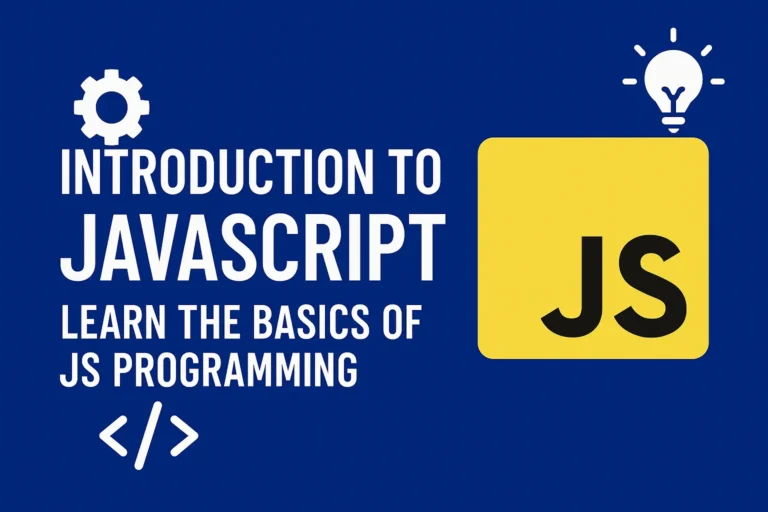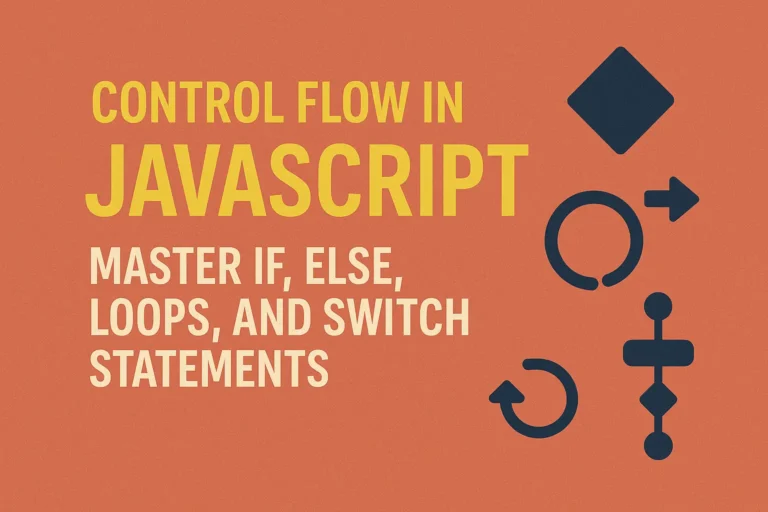Understanding how events work and how to harness their power is essential for any web developer. In this guide, we will delve into the realm of events in JavaScript, covering everything from the basics to advanced techniques.
Introduction to Events
At its core, an event in JavaScript is simply an action or occurrence detected by the browser that can be handled by JavaScript code. These events can be triggered by various sources such as user interactions, browser actions, or even by other scripts.
Events are categorized based on their source or origin. Some common types of events include:
Mouse Events:
These events are triggered by user interactions with the mouse, such as clicks, double-clicks, hover, etc.
Keyboard Events:
Events related to keyboard input, such as key presses, key releases, etc.
Form Events:
Events that occur on HTML form elements, like submitting a form, changing input values, etc.
Document/Window Events:
Events related to the document or window, such as page load, resizing, scrolling, etc.
Custom Events:
Events that developers can create and trigger manually using JavaScript.
Event Listeners
Event listeners are JavaScript functions that are registered to handle specific events. They wait for a particular event to occur and then execute the code associated with that event. Event listeners provide a flexible and efficient way to manage interactions and decouple behavior from presentation in web applications.
Let’s dive into some code examples to illustrate how event listeners work:
// Example 1: Adding a click event listener to a button element
const button = document.querySelector('#myButton');
button.addEventListener('click', function() {
console.log('Button clicked!');
});
// Example 2: Adding a keydown event listener to the document
document.addEventListener('keydown', function(event) {
console.log(`Key pressed: ${event.key}`);
});
// Example 3: Adding a submit event listener to a form
const form = document.querySelector('#myForm');
form.addEventListener('submit', function(event) {
event.preventDefault(); // Prevents the default form submission
console.log('Form submitted!');
// Additional form handling logic can go here
});
In the above examples:
Example 1 demonstrates adding a click event listener to a button element. When the button is clicked, the associated function is executed, logging a message to the console.
Example 2 adds a keydown event listener to the entire document. It logs the key that was pressed whenever a keydown event occurs anywhere on the page.
Example 3 showcases adding a submit event listener to a form element. The function prevents the default form submission behavior and logs a message when the form is submitted.
Advanced Event Handling
While event listeners are powerful on their own, there are several advanced techniques and concepts that developers should be aware of:
Event Propagation:
Events in the DOM tree can propagate in two phases: capturing phase and bubbling phase. Understanding event propagation is crucial for managing event handling in complex UIs.
Event Delegation:
This technique involves attaching a single event listener to a parent element to handle events for all its descendants. It’s particularly useful for dynamically generated content or large lists.
Removing Event Listeners:
It’s important to remove event listeners when they’re no longer needed to avoid memory leaks. This can be done using the removeEventListener method.
// Example of event delegation
const parentList = document.querySelector('#parentList');
parentList.addEventListener('click', function(event) {
if (event.target.tagName === 'LI') {
console.log('List item clicked:', event.target.textContent);
}
});
In the above example, instead of attaching a click event listener to each list item individually, we attach it to the parent <ul> element. Then, we check the event.target to determine which list item was clicked.
Conclusion
Events are the building blocks of interactivity in web development. By mastering event handling in JavaScript, developers can create rich, responsive, and user-friendly web applications. Whether you’re a beginner or an experienced developer, understanding events and event listeners is essential for harnessing the full potential of JavaScript in web development.
By combining the fundamentals of events with advanced techniques like event delegation and propagation, developers can create robust and efficient event-driven applications that provide a seamless user experience across various devices and platforms. So, embrace the power of events in JavaScript and unlock the full potential of web development.






